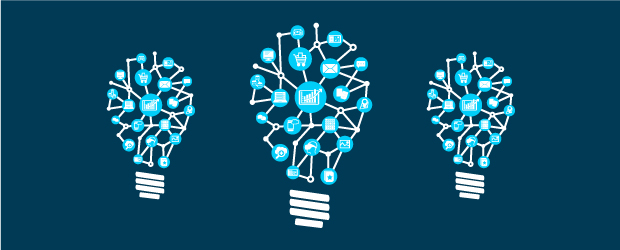Last month I posted an update on ISO standards for cloud computing, and mentioned that other organizations are also involved in cloud standardization. In the next few posts, I will look more closely at these other organizations, and will expand the perspective to include the Internet of Things (IoT).
As a first thought, the term “cloud computing” has now become so broad and open that a large number of IT standards could be included, even if they are not cloud-specific. These range from wiring and connectors at the bottom layer to security, application programming interfaces and governance at the top. No single list of all possible standards exists, nor are there any formal cloud computing conformance specifications (yet).
IoT has complicated the standards landscape considerably. Is IoT a superset of cloud computing? Will IoT be an extension of the cloud reference model? How do IoT, mobility, cloud computing, the Internet, and software-defined systems relate for the purposes of standardization? And are any of these related to social networks? These are all tough questions for standards developers.
In fact, the overall requirement for compatibility and integration among today’s emerging technologies is still an open question.
ISO/IEC JTC1
Last month I described the cloud computing work of ISO/IEC JTC1 SC38. The ISO is also starting to work on IoT standards. JTC1 established WG10 in 2014 to provide a focal point for IoT and to develop ISO/IEC 30141 — IoT Reference Architecture. WG9 has also been established to provide a similar focus on big data.
ITU – Telecommunications
In the ITU-T SG13 has responsibility for cloud computing. It produces documents in the Y.3500 series, which currently includes:
Y.3500 (Information technology — Cloud computing — Overview and vocabulary
Y.3501: Cloud computing framework and high-level requirements
Y.3502: Information technology — Cloud computing — Reference architecture
Y.3503: Requirements for desktop as a service
Y.3510: Cloud computing infrastructure requirements
Y.3510 (draft): Cloud computing infrastructure requirements
Y.3511: Framework of inter-cloud computing
Y.3512: Cloud computing — Functional requirements of Network as a Service
Y.3513: Cloud computing — Functional requirements of Infrastructure as a Service
Y.3520: Cloud computing framework for end to end resource management
Y.3521 (draft): Overview of end-to-end cloud computing management
Y.3600: Big data — Cloud computing based requirements and capabilities
ITU-T is also moving forward with IoT standardization in SG20 (which is called IoT and its applications including smart cities and communities). In the current study period, the following questions are being addressed:
Q1/20 — Research and emerging technologies including terminology and definitions
Q2/20 — Requirements and use cases for IoT
Q3/20 — IoT functional architecture including signaling requirements and protocols
Q4/20 — IoT applications and services including end user networks and interworking
Q5/20 — Smart Cities and Communities — requirements, applications and services
Q6/20 — Smart Cities and Communities — infrastructure and framework
Institute of Electrical and Electronic Engineers (IEEE)
As I noted previously, the IEEE is another important standards organization. They are working on:
P2301 — Guide for Cloud Portability and Interoperability Profiles (CPIP)
P2302 — Standard for Intercloud Interoperability and Federation (SIIF)
P2303 — Standard for Adaptive Management of Cloud Computing Environments
The IEEE, however, is also a leading developer of network standards such as Ethernet (IEEE802.3) and WiFi (802.11).
The IEEE is also active in the IoT area with its conferences, publications, and a web presence. IEEE P2413 is a draft standard to define an architectural framework for IoT, including descriptions of various IoT domains, definitions of IoT domain abstractions, and identification of commonalities between different IoT domains. The details are available on the IEEE P2413 Working Group page.
The standards dilemma
So far, I’ve only described three different standards bodies. In future posts, I will look at the Open Group, DMTF (Distributed Management Task Force), OASIS, OGF (Open Grid Forum), and SNIA (Storage Networking Industry Association). There are other organizations that are more specialized, such as the IETF, the NIST, and the TM Forum. On top of that are a wide range of open source projects that are pertinent to cloud computing.
The obvious dilemma — too many standards to keep track of. And too much effort may be directed towards using standards as a competitive edge.
This is what I think. Do you believe standards are critical to your success with cloud computing and IoT?
